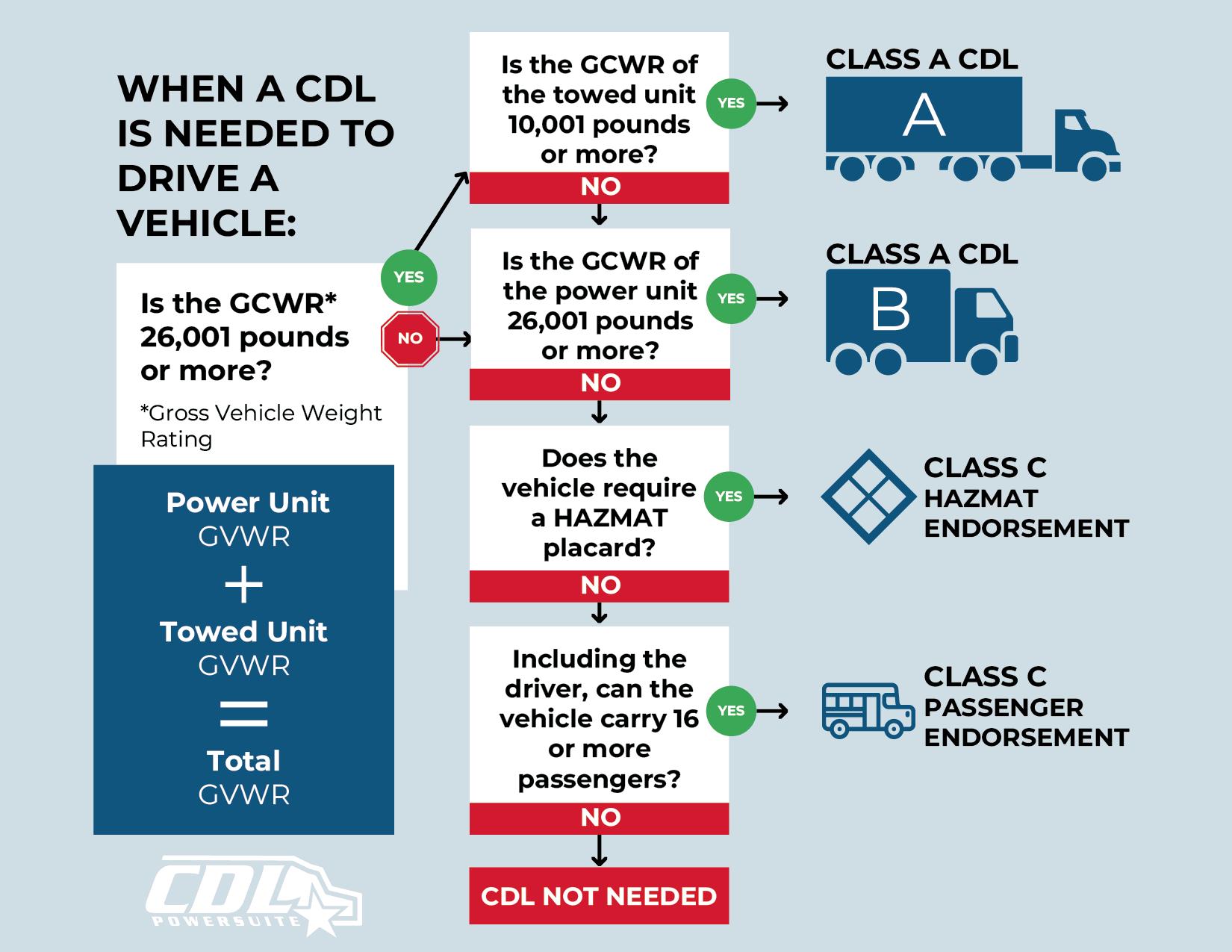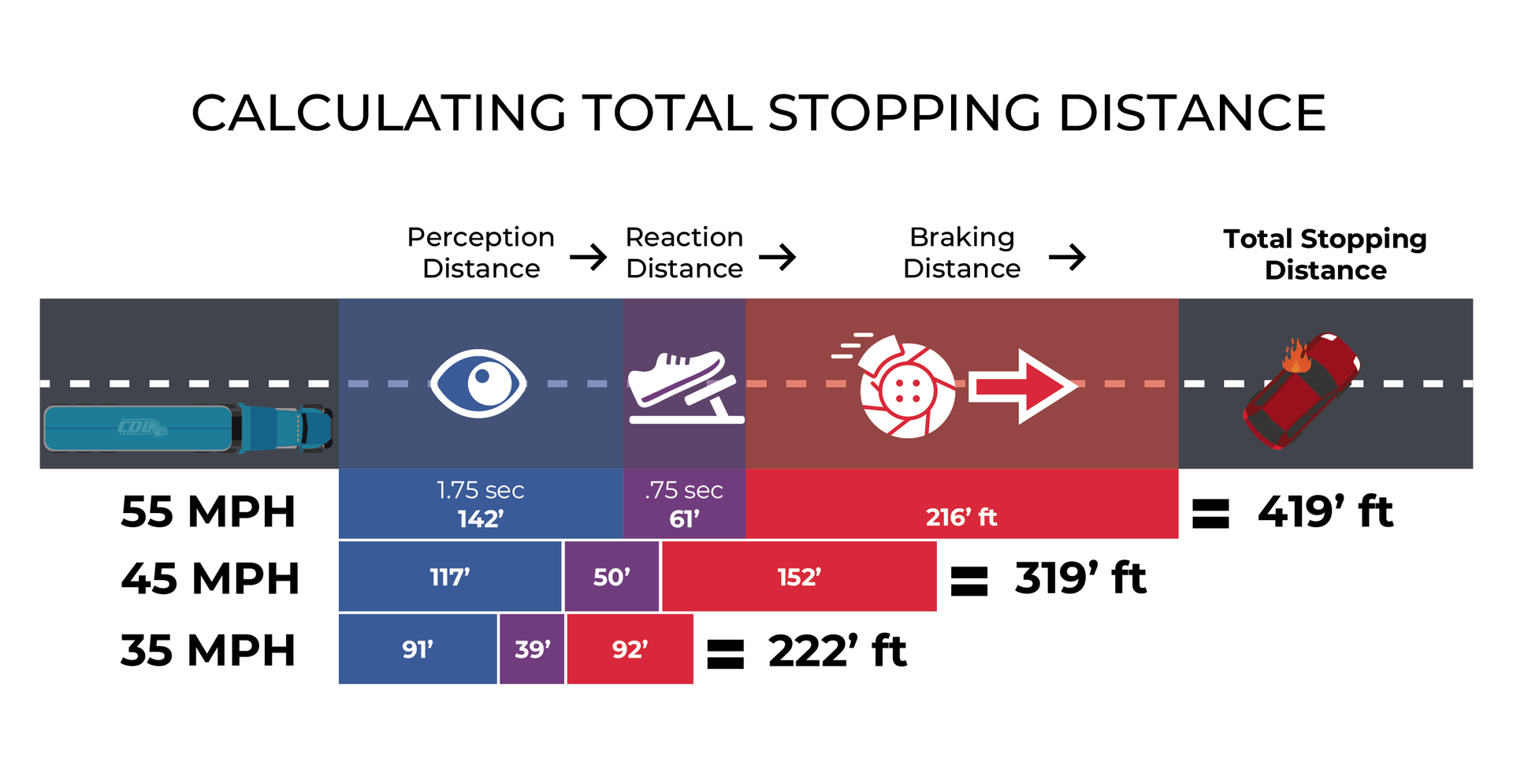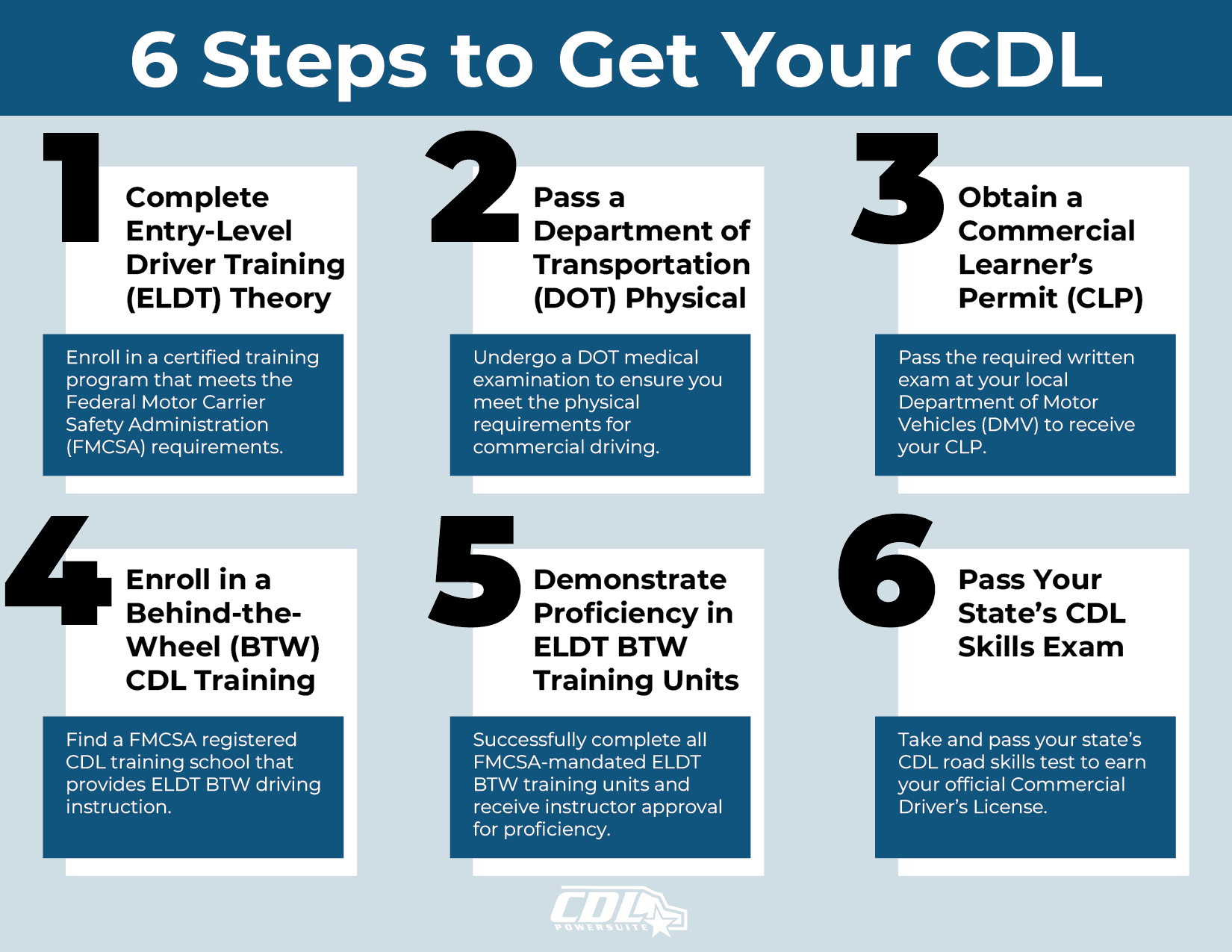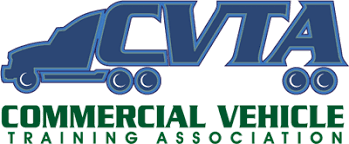Helpful Information for CDL Training Providers to Share with Prospective Students
Jason Boudreau • January 10, 2025
For CDL training schools, ensuring that prospective students understand the licensing process and vehicle classifications before enrollment can set them up for success. Providing clear and accurate information helps trainees make informed decisions about their training and career path in commercial driving.
By offering this information upfront, CDL trainers can help prospective students make informed decisions about their training path, reducing confusion and increasing overall program success rates. A well-prepared student is more likely to complete the program efficiently, pass the necessary exams, and transition smoothly into a career in commercial driving. CDL training schools that proactively educate trainees before enrollment can improve student preparedness, retention, and employment outcomes.
The following sections outline the key steps to obtaining a CDL and provide an overview of the vehicles that require a CDL, which trainers can use as a guide when communicating with prospective students.
Steps to Obtaining a CDL
CDL trainers should outline the necessary steps for obtaining a Commercial Driver’s License (CDL), so trainees know what to expect before starting their training:
- Complete Entry-Level Driver Training (ELDT)
Enroll in a certified training program that meets the Federal Motor Carrier Safety Administration (FMCSA) requirements. - Pass a Department of Transportation (DOT) Physical
Undergo a DOT medical examination to ensure you meet the physical requirements for commercial driving. - Obtain a Commercial Learner’s Permit (CLP)Pass the required written exam at your local Department of Motor Vehicles (DMV) to receive your CLP.
- Enroll in a Behind-the-Wheel ELDT CDL Training Program
Find a reputable CDL training school that provides hands-on driving instruction. - Demonstrate Proficiency in ELDT Training Units
Successfully complete all FMCSA-mandated ELDT training units and receive instructor approval for proficiency. - Pass Your State’s CDL Skills Exam
Take and pass your state’s CDL road skills test to earn your official Commercial Driver’s License.
Summary of Vehicles Requiring a Commercial Driver’s License (CDL)
A Commercial Driver’s License (CDL) is required to operate specific types of heavy and specialized vehicles. CDLs are divided into three main classes—Class A, Class B, and Class C—each covering different vehicle types and endorsements for specialized transport.
Class A CDL
Class A CDL is required for drivers operating combination vehicles with a gross combination weight rating (GCWR) of 26,001 pounds or more, provided the towed vehicle exceeds 10,001 pounds.
- Examples: Tractor-trailers (semi-trucks), truck and trailer combinations, tankers, livestock carriers, and flatbeds.
Class B CDL
Class B CDL is necessary for operating single vehicles with a gross vehicle weight rating (GVWR) of 26,001 pounds or more or a vehicle towing a trailer that does not exceed 10,001 pounds.
- Examples: Box trucks, straight trucks, dump trucks, large buses (such as city and school buses), and cement mixers.
Class C CDL (with Endorsements)
Class C CDL is required for smaller commercial vehicles that:
- Transport hazardous materials (Hazmat - H Endorsement) requiring a placard, such as fuel trucks, chemical transport vehicles, or certain delivery trucks carrying hazardous substances.
- Carry 16 or more passengers (P Endorsement), including the driver, such as shuttle buses, small passenger vans, and certain types of school buses.
Each class of CDL may require additional endorsements for specific cargo or passenger transport, including Tanker (N), Double/Triple Trailers (T), Passenger (P), and Hazardous Materials (H) endorsements. Drivers must pass written and skills tests for the appropriate class and endorsements to legally operate these vehicles.

Conclusion
By providing this information before enrollment, CDL trainers can help trainees choose the right training path, set realistic expectations, and prepare for the CDL exam process. Proper guidance at the start ensures students are confident and committed to their training, increasing their chances of success in the commercial driving industry.







